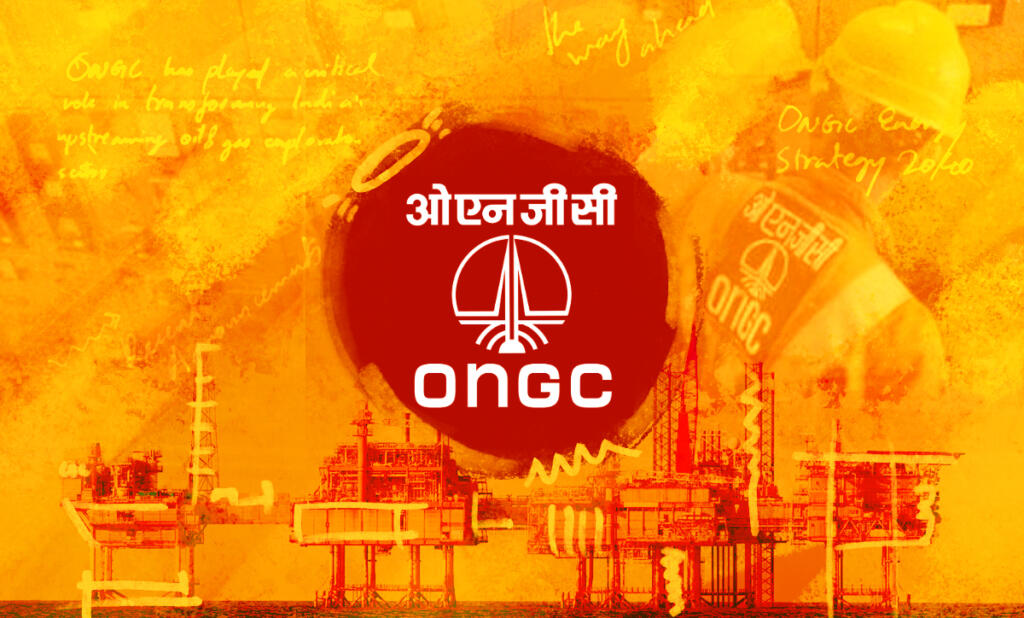Oil and Natural Gas Corporation Limited (ONGC), the public sector explorer and producer of fossil fuels, has reported highest ever profit of 40,306 crore rupees in FY 22. This is the second-highest profit by any Indian company except the Mukesh Ambani led Reliance Industries Limited.
This is a 258 percent jump of ONGC from the last fiscal year when the profits were around 11,246 crore rupees. The subsidiaries of the ONGC like HPCL and ONGC Videsh Limited also posted profits, taking the total profit of the company to around 49,000 crore rupees. Although the profit at ONGC Videsh, the explorer’s overseas arm, fell 16% in 2021-22 to 1,589 crore.
In FY 22, many Indian companies posted very healthy profits. Two Tata Group firms, Tata Steel and TCS acquired the third and fourth spot in profits with 40,000 crore rupees and 38,000 crore rupees. The Tata Group earned huge dividends this year and is using this money to invest in new businesses like retail arms and semiconductor packaging.
The Banks, private as well as public, posted good profits. SBI and HDFC, the largest public and private sector banks respectively, posted profits of around 31,000 crore rupees.
The Indian government is expected to earn huge dividends and with the PSUs in the oil & gas sector posting huge sector, a new investment cycle can take place driven by public capital expenditure.
In the last few years, the energy and commodity sector has witnessed a lot of volatility. Before the Covid hit, the oil, gas, and commodities prices were already depressed and no new investment was coming into the sector. With the Covid-induced lockdowns, the demand collapsed and crude prices hit negative.
However, since the reopening of the economy, the prices have gone through the roofs due to two factors – the collapse of the capacity and supply problems arising from the Ukraine-Russia war. The governments must play a critical role at this stage to absorb market shocks and make a public investment for India to achieve AtmaNirbharta in the sector.
The petrochemical sector has been a major focus since the Modi government came to power owing to India’s heavy dependence on imports in the sector. Every year, India shells out foreign exchange worth more than $100 billion in oil and petrochemical sector imports. Thus, the government is not only expanding renewable energy generation exponentially but also improving the efficiency of existing petrochemical PSUs.
India has the fourth-largest oil refinery capacity in the world after United States, China, and Russia. The US has a refining capacity of 841 MTPA while China has a capacity of 589 MTPA. China alone accounts for 41% of Asia’s production capacity while Russia has a capacity of 282 MTPA. India has 266 MTPA production capacity and may soon overtake Russia. The West Coast refinery, which will increase the capacity by 60 MTPA, is expected to become functional by the early 2020s while India is set to overtake Russia before it becomes operational.
With the increasing refining capacity, India can export refined petroleum products to cushion for increasing oil imports. Moreover, the investment in renewables will also play a critical role. India is already the fourth-largest producer of new and renewable energy, and under the leadership of Prime Minister Modi, the country may become a global leader in a few green energy areas like hydrogen energy and biofuels if the right policies are put to encourage the industrialist to invest in these areas.
